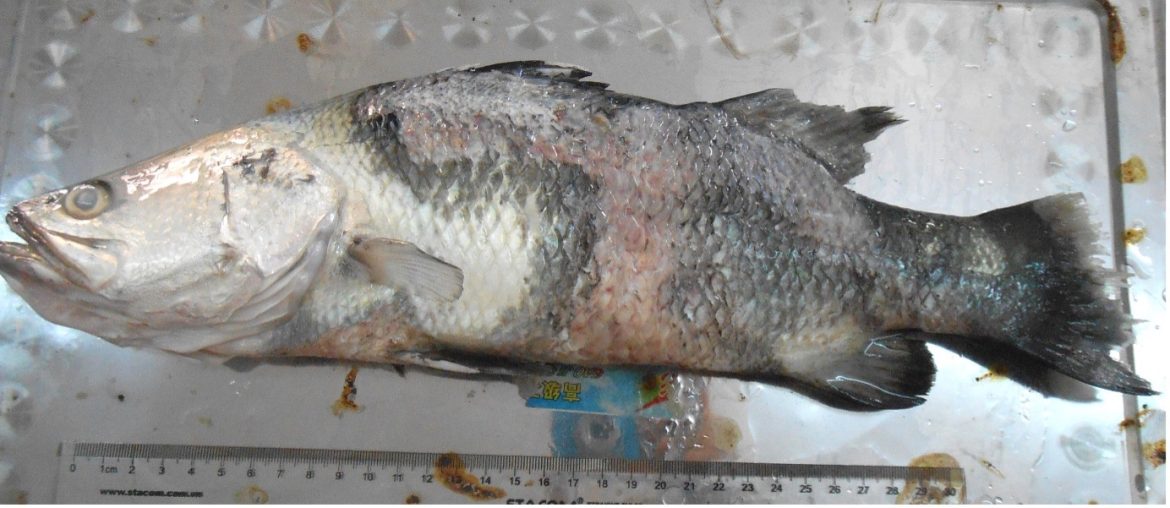Scientists at the National University of Singapore have made strides in early diagnosis and management of scale drop disease, a viral condition that poses a significant threat to farmed barramundi in Asia. While the disease was first observed in the 1990s, the causative pathogen was only identified in 2015, and it can lead to mortality rates of up to 50% in barramundi production facilities in Asia.
To address this challenge, researchers utilized two distinct testing methods on water samples collected randomly from flow-through tank systems previously reported to have barramundi infected with the scale drop disease virus (SDDV).
Their findings, published in the journal Aquaculture, revealed that digital droplet PCR tests outperformed quantitative PCR tests in detecting SDDV in environmental samples. The digital droplet PCR tests displayed greater sensitivity, enabling the detection of lower virus levels.
The implications of this research are significant, as it can aid farms and research facilities in developing improved biosecurity management strategies to control and prevent scale drop disease outbreaks in aquaculture.
The study also uncovered a correlation between high rainfall during the monsoon season and reduced water salinity entering the tanks, resulting in a notably higher presence of the virus. This highlights the influence of seasonal conditions on virus prevalence.
Additionally, the research provided evidence supporting the notion that SDDV can be horizontally transmitted from asymptomatic fish to their tankmates. Higher virus levels were detected on fin clips from juvenile fish in areas with an increased virus presence.
While these findings offer valuable insights, the researchers acknowledge the need for further studies to fully comprehend the dynamics of SDDV throughout the year and its relationship with the water microbiome and other water-quality parameters, particularly in commercial aquaculture farms.

